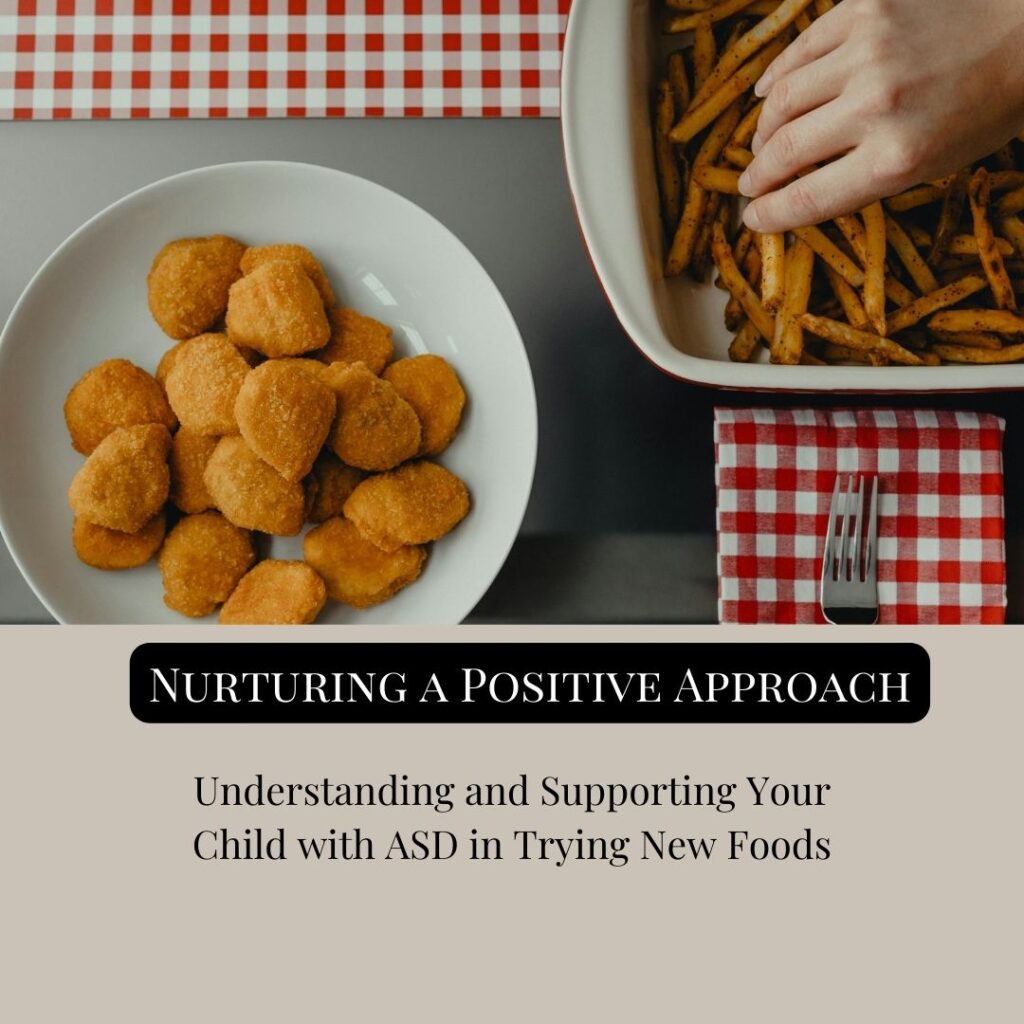Parenting is like embarking on an epic adventure full of curveballs, victories, and an ongoing crash course in life. Navigating the realm of raising a kiddo with autism spectrum disorder (ASD) adds an extra layer of complexity, requiring a finesse that’s both understanding and, dare I say, a bit ninja-like. Take my youngest, Grayson, 11 years old, he shares a common aversion with his fellow ASD comrades – the tricky business of trying new foods. So, when faced with the culinary marvel that was Taco Pizza at our family feast last night, Grayson decided to take matters into his own hands, by whipping up some Chicken Nuggets. He tried the taco pizza and didn’t like it. But guess what… he tried it. And you know what? It’s a win for autonomy, a nod to the principle that choices matter, even if they involve steering clear of taco-infested territories. We’ve managed to create an atmosphere that’s all about support. It’s a delicate dance of acknowledging preferences while still dangling the carrot of exploration. Who said parenting can’t be a gourmet blend of understanding, laughter, and the occasional side dish of chicken nuggets?
Understanding the Challenge: Children with ASD often experience sensory sensitivities that can make the process of trying new foods particularly challenging. The textures, smells, and flavors of unfamiliar foods may be overwhelming for them, triggering discomfort or anxiety. Additionally, individuals with ASD may prefer routine and familiarity, making it challenging for them to embrace changes in their dietary habits.
The Negative Reaction Dilemma: As parents, it’s only natural to feel concerned or frustrated when our child refuses to try new foods. However, it’s crucial to recognize that negative reactions can exacerbate the situation. For a child with ASD, such reactions may heighten anxiety, making them even more resistant to trying new things. Adopting a positive and respectful approach is essential for fostering a healthy relationship with food and creating a supportive environment for your child.
Staying Positive:
Create a Comfortable Environment: Ensure that mealtimes are calm and pleasant. Minimize distractions and create a comfortable space where your child feels at ease.
Gradual Exposure: Introduce new foods gradually, allowing your child to become familiar with different textures and flavors over time. Start with small, non-intimidating portions.
Incorporate Preferred Foods: Pair new foods with familiar, preferred foods. This can make the experience more enjoyable and increase the likelihood of your child trying something new.
Taking a Respectful Calm Approach:
Model Healthy Eating Habits: Children often learn by example. Demonstrate positive eating habits and express enjoyment of a variety of foods to encourage your child to follow suit.
Offer Choices: Provide your child with some control over their meals by offering choices. This can empower them and make the experience more manageable.
Use Positive Reinforcement: Encourage and praise your child when they show interest in trying a new food, even if it’s just a small step. Positive reinforcement can motivate them to explore new tastes.
Remember, every small step towards trying something new is a significant achievement, and with your support, your child can navigate the world of new flavors and textures at their own pace.






One Response
I’m glad he at least tried the pizza